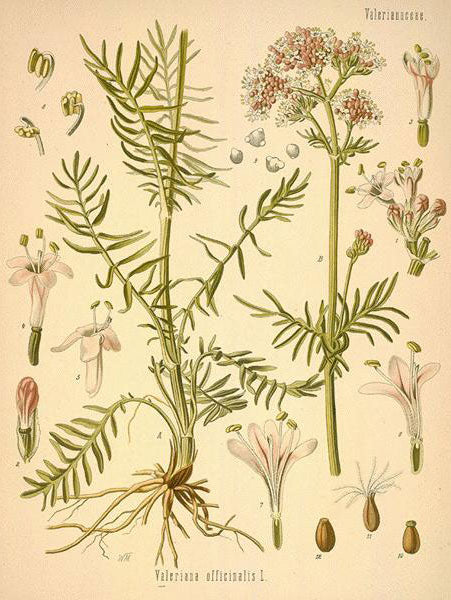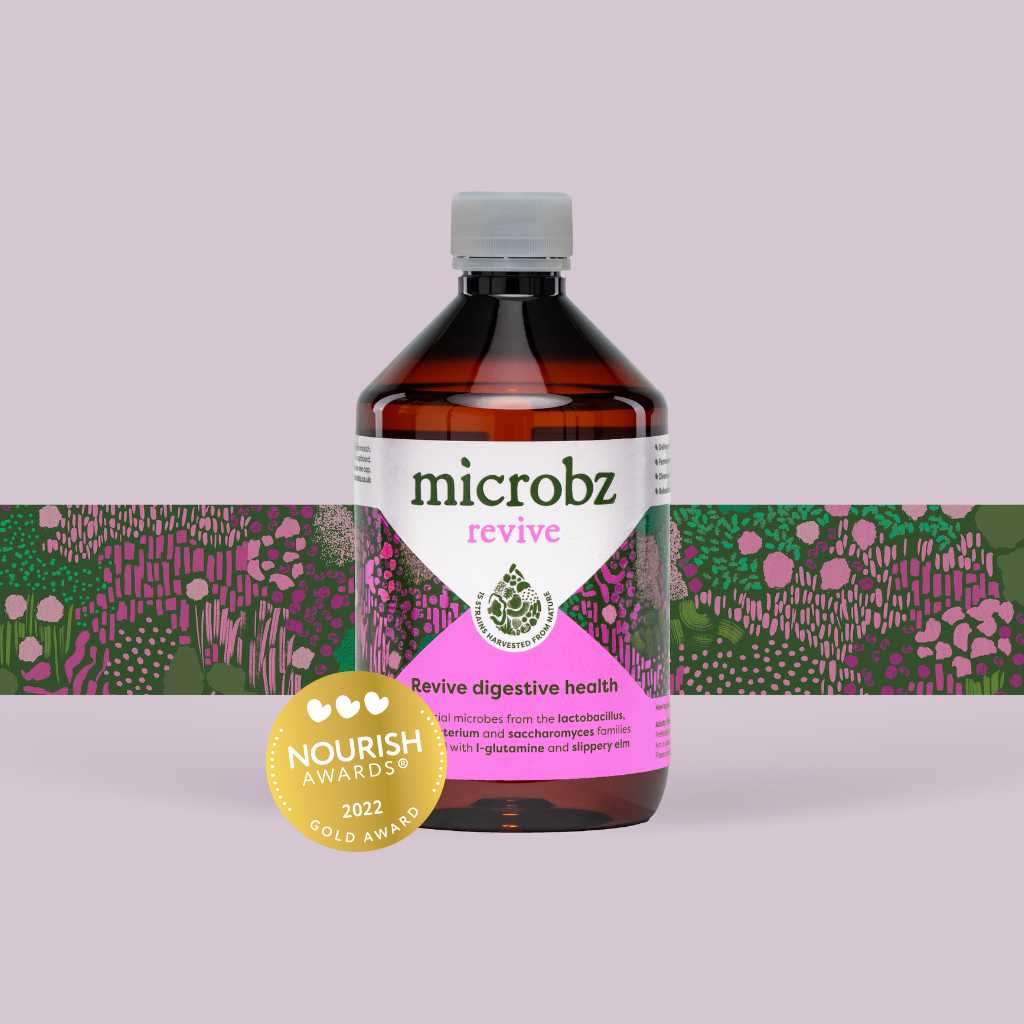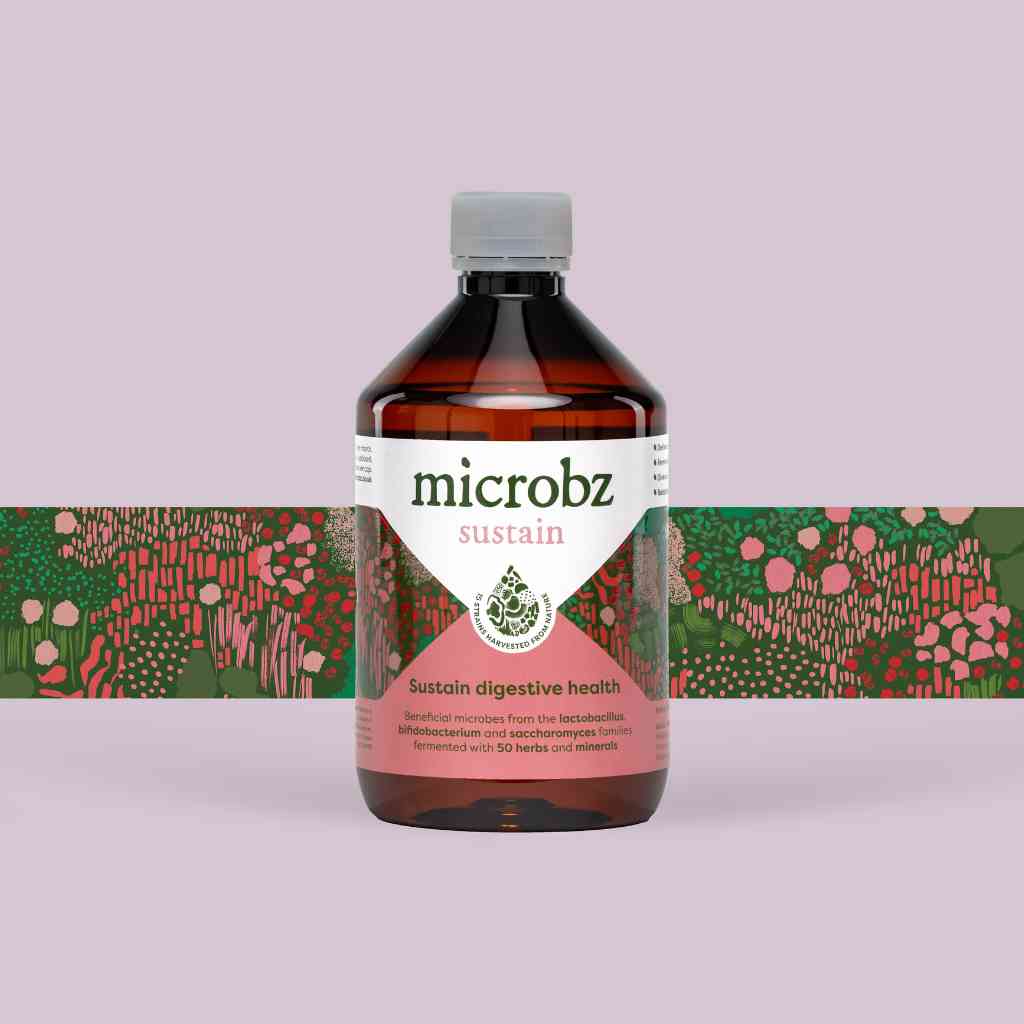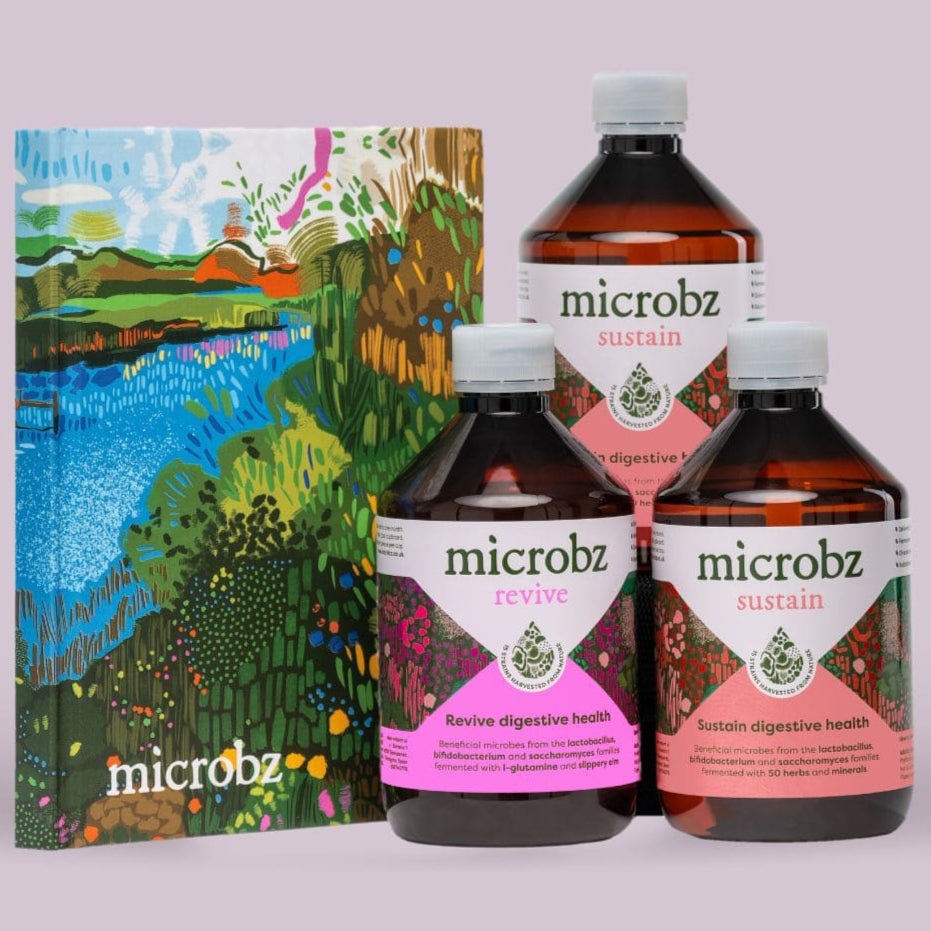Valerian
Valeriana Officinalis

Family: Valerianaceae
Which probiotic is it in?: Valerian is a key herb in Sustain, Women and Sleep
Habit and cultivation: Native to Europe and Northern Asia, grows well in damp conditions and on the borders of ditches and rivers in most soils but prefers a rich heavy soil. It is propagated from seed in spring and the rhizome must be two years old before it is harvested in the autumn.
Actions (known for): Sedative, hypnotic, anti-spasmodic (muscles), hypotensive, carminative and nervine tonic.
History of Valerian
Parts used from the Valerian
Rhizome, roots harvested in autumn.
Constituents (bio available chemicals):
Volatile oil up to 3%. Alkaloids up to 1%, Iridoid esters also resins, gums, choline (3%), phenolic acids, flavonoids, sterols, tannins, sugars and fixed oil.
Nutritional constituents:
Minerals: magnesium, potassium, copper and some lead and zinc.
Indications:
Hypertension (especially related to stress). Colic – intestinal, IBS, dyspepsia. Cramps – muscular spasm and tension, dysmenorrhoea, menopause including hot flushes. Insomnia and disturbed sleep patterns.
Dosage:
Liquid extract (1:2) 15 – 40ml per week. Infusion of dried root: 1 – 3g. Fluid extract 60%: 0.3 – 1ml. For insomnia a single dose half an hour before sleep.
British Herbal Pharmacopoeia
Nervous excitability.
Cautions for therapeutic doses
Can occasionally cause sleepiness, headaches or nightmares. The herb is extremely safe but overdose can cause dizziness, spasms, hallucinations and excitability. Can potentiate other sleeping medications, increasing their effects, and combinations should be avoided altogether.




